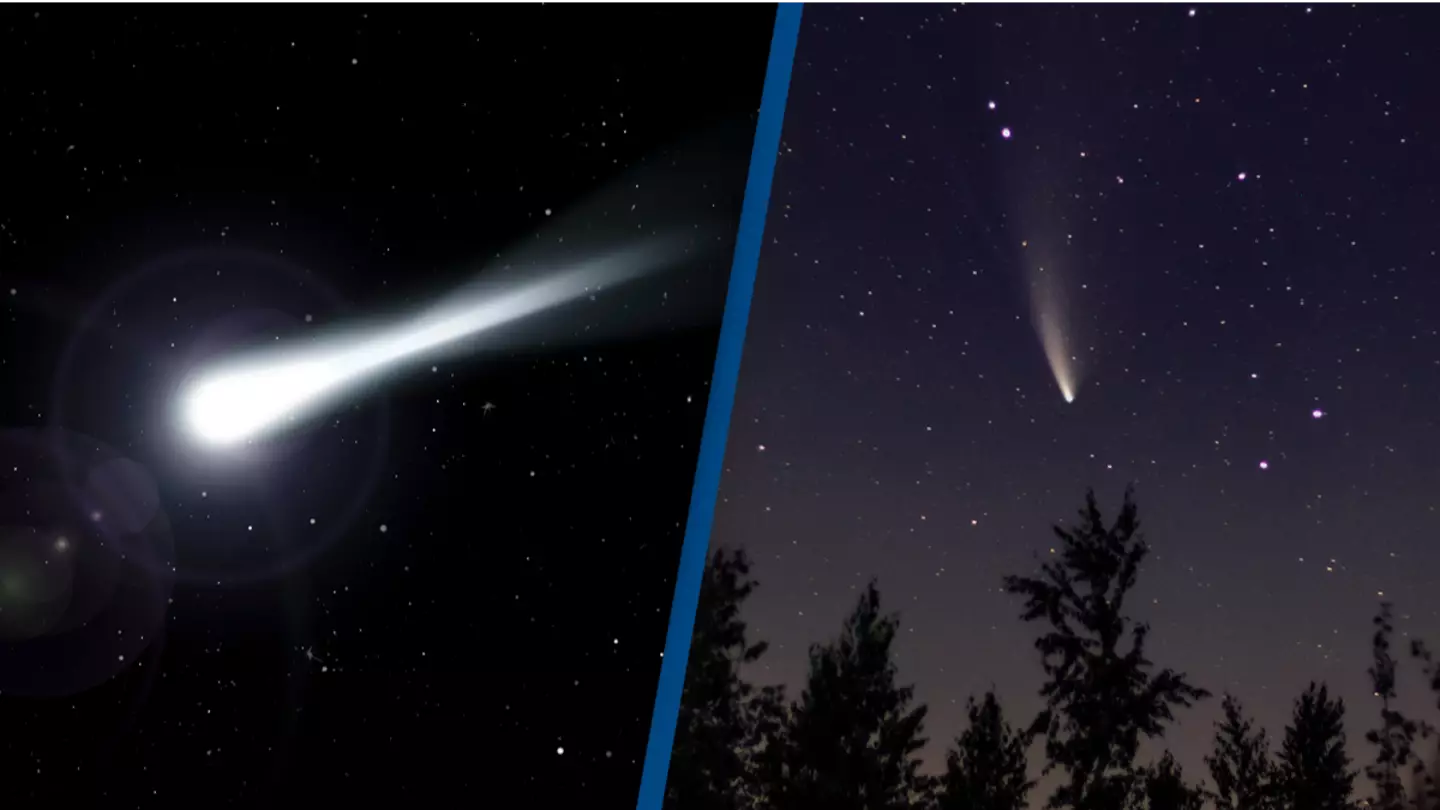
People in the Northern Hemisphere could be in for an astronomical treat as a once-in-lifetime comet will be visible.
It's fair to say that there's no shortage of things to look at up in the starry sky, as long as you live somewhere without heavy light pollution that is.
But in the coming weeks people will be able to witness a once in a lifetime astronomical event.
Advert
And not only that, but you won't even need to use a telescope to be able to witness this event.
That's because it's a magnitude of 4.5, which means that if you're in a dark location in the UK (so not in the middle of a city), then you should be able to see it with the naked eye.
This magnitude scale goes down, so the lower the number the more visible the object is.
An object with a magnitude of six or below can be seen with the naked eye, as long as it's not cloudy, of course.
Advert
So, what exactly is this astronomical event?

Well, it's a comet, and not just any old comet either.
This is the comet a name as typically catchy as any body in space - 2P/Pons-Brooks.
Advert
To be fair, there's so much going on in space that I guess not everything can have a fancy name.
But in this case, the comet has a nickname - The Devil Comet. That's not ominous at all!
It got that nickname as cold volcanic eruptions on the Mount Everest-sized comet can give it the appearance of having 'horns'. Makes sense, I guess.
The comet orbits the Sun roughly once every 70 years, and in part of that orbit it comes closer to Earth.
Advert
Dr Paul Strøm is an astrophysicist from the University of Warwick, and told Metro: "Right now, one of the brightest known periodic comets is on its way towards the Sun.
"The comet is expected to reach a magnitude of 4.5 which means it ought to be visible from a dark location in the UK."

He went on to describe the path that the comet is likely to take, saying: "The comet moves from the constellation of Andromeda to Pisces.
Advert
"As it does so it passes by bright stars, which will make it easier to spot on certain dates. In particular, on March 31st, 12P/Pons–Brooks will be only 0.5 a degree from the bright star called Hamal."
If you do want to see the comet then you will need to be somewhere with low levels of light pollution.
That means that any big cities are immediately out, and probably smaller cities as well.
But if you do live in a city and are really keen on seeing the comet, it could be the perfect excuse for a weekend away!
Topics: News, World News, Science, Space
